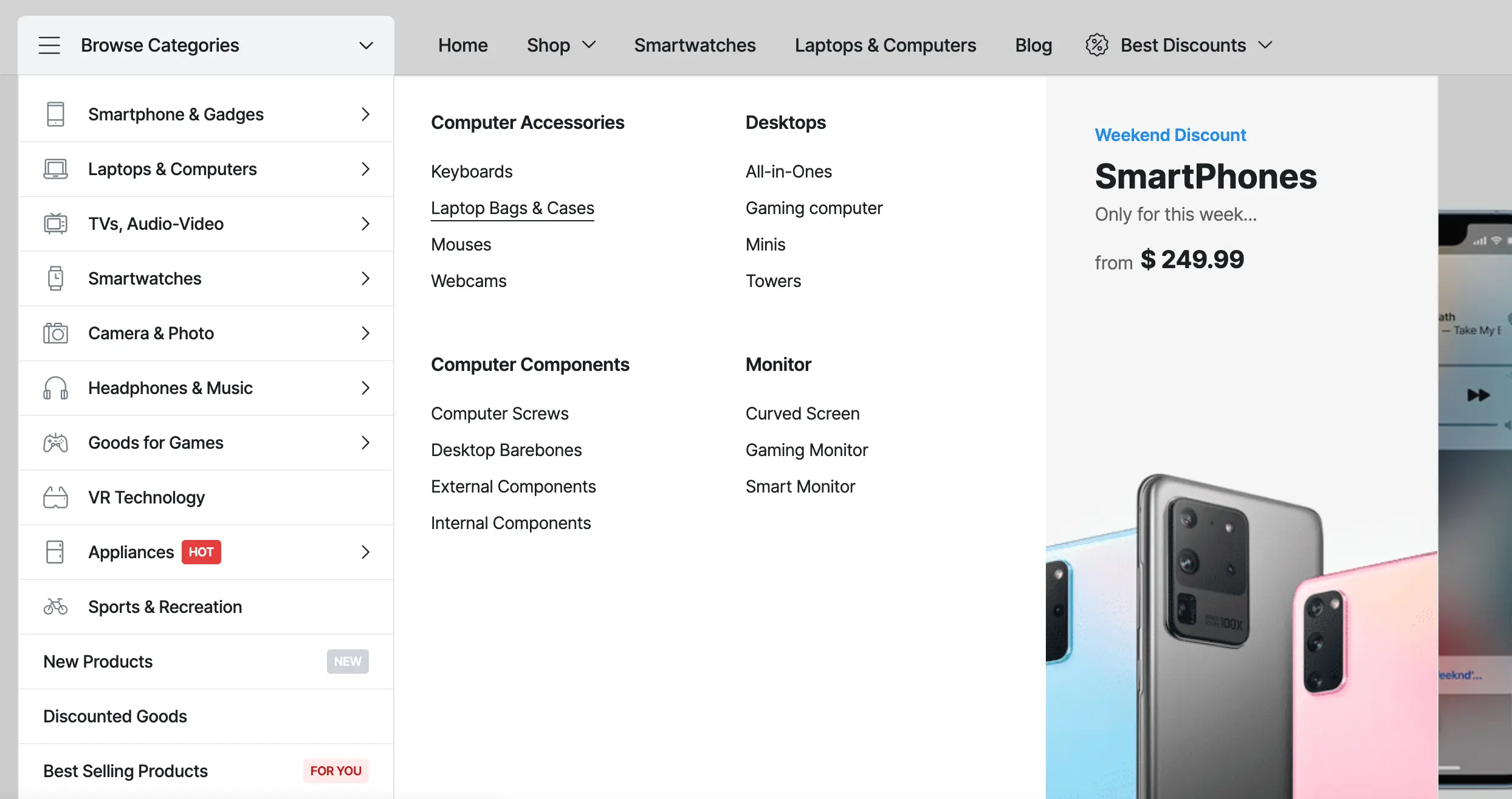Beyond Passwords: Exploring Alternative Authentication Methods for Enhanced Security
In the realm of digital security, the humble password has long been the primary method of authentication. However, as cyber threats continue to evolve, traditional passwords are increasingly being recognized as vulnerable to exploitation. In response, alternative authentication methods are emerging as promising solutions for enhancing security and mitigating the risks associated with password-based authentication.
Biometric Authentication
One of the most prominent alternatives to traditional passwords is biometric authentication. This approach utilizes unique physical or behavioral characteristics, such as fingerprints, facial features, iris patterns, or voice recognition, to verify a user’s identity.
Biometric authentication offers several advantages over traditional passwords:
- Enhanced Security: Biometric traits are unique to each individual, making them inherently more secure than passwords.
- Convenience: Biometric authentication eliminates the need for users to remember and input passwords, improving user experience and reducing friction.
- Resistance to Theft: Unlike passwords, which can be stolen or forgotten, biometric traits are difficult to replicate or steal.
Hardware Tokens
Another alternative to traditional passwords is hardware tokens. These physical devices generate one-time passwords or cryptographic keys that users must provide in addition to their regular passwords for authentication.
Hardware tokens offer several advantages:
- Added Security: Hardware tokens provide an additional layer of security beyond passwords, as they require physical possession of the token to authenticate.
- Protection Against Phishing: Since hardware tokens generate dynamic authentication codes, they are not vulnerable to phishing attacks targeting static passwords.
- Compatibility: Hardware tokens can be used in conjunction with existing authentication systems, making them a versatile solution for enhancing security.
Passwordless Authentication
Passwordless authentication eliminates the need for passwords altogether, relying instead on alternative methods such as biometrics, hardware tokens, or cryptographic keys for authentication.
Passwordless authentication offers several benefits:
- Simplified User Experience: By eliminating passwords, passwordless authentication streamlines the authentication process, reducing user friction and improving usability.
- Enhanced Security: Passwordless authentication reduces the risk of password-related vulnerabilities, such as password theft or brute-force attacks.
- Future-Proofing: As technology continues to evolve, passwordless authentication offers a forward-looking approach to authentication that aligns with emerging security trends.
Considerations and Challenges
While alternative authentication methods offer significant advantages over traditional passwords, they are not without their challenges and considerations. Concerns regarding privacy, data protection, interoperability, and user acceptance must be addressed to ensure the widespread adoption and effectiveness of these methods.
Furthermore, implementing alternative authentication methods may require investment in infrastructure, training, and regulatory compliance, particularly in highly regulated industries such as finance and healthcare.
In conclusion, alternative authentication methods offer promising solutions for enhancing security and addressing the limitations of traditional password-based authentication. Whether through biometric authentication, hardware tokens, or passwordless authentication, organizations can leverage these methods to strengthen their security posture and mitigate the risks associated with password-related vulnerabilities. By embracing alternative authentication methods, organizations can move towards a future where authentication is more secure, seamless, and user-friendly.
Related Articles
If you enjoyed reading this, then please explore our other articles below:
More Articles
If you enjoyed reading this, then please explore our other articles below:





















 2019-2025 ©
2019-2025 ©